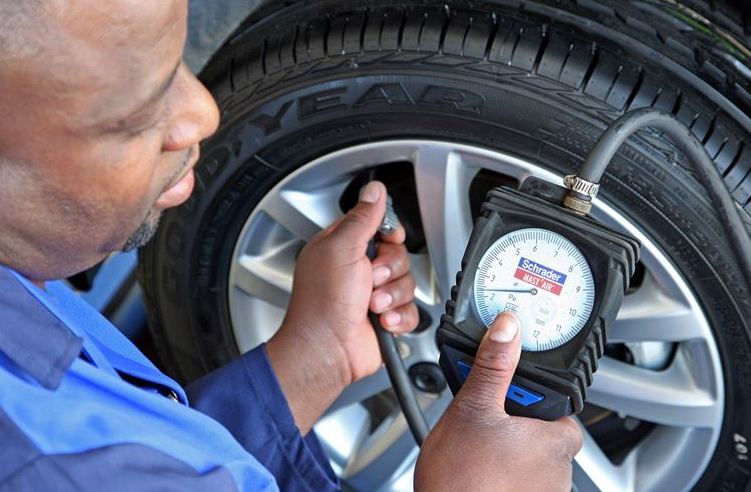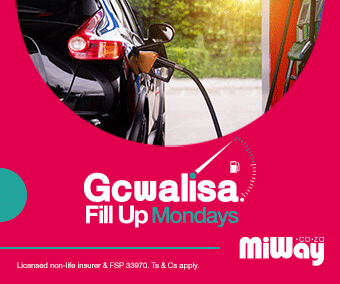The price of fuel, whether it is petrol or diesel is expensive in South Africa. Many South Africans have to commute to work and somehow afford growing fuel bills. Also, anything that helps a motorist’s budget during the economically challenging South African pandemic is great news. So, if we can reduce fuel costs, all the better. Even though we may complain about the cost of running a car, we must not forget what a privilege it is to be independent of public transport. Tyres play a crucial role in the road safety of every vehicle. Read further on how you can reduce fuel consumption by looking after your car’s tyres.1
Always have the correct size tyre1
Tyres too big for a car impact its gear ratio and strain the engine, causing extra fuel consumption. So, follow the manufacturer’s instructions for using the correct tyre size. If you want to replace existing tyres with larger ones, consult a professional tyre dealer for advice on the right tyre/rim combination.
Regular tyre inspections minimise rolling resistance1
You can expect that the greater the friction of tyres on the road, the greater the fuel consumption. This is because the engine must work that much harder to maintain the same speed. Tyre conditions causing greater friction are under-inflation, bad tread wear, and incorrect wheel alignment
What do under-inflated tyres cause? 1
An under-inflated tyre means the surface area of the tyre touching the road surface is much greater than that of tyres at the correct pressure. Under-inflation can increase fuel consumption by up to 10%. Many motorists forget to inflate tyres 20 to 30 kPa more than usual if the car is loaded, or towing a trailer or caravan.
Check your car’s tyres regularly 1
Any irregular tyre tread wear will increase rolling resistance and thus fuel consumption. Incorrectly aligned wheels will create a drag on the car, which leads to more fuel used. So, to use less fuel, check your tyres regularly and have them balanced, correctly aligned, and rotated.
How often should you rotate tyres?1
Rotating tyres every 10 000km will provide even wear. Front tyres pull front-wheel-drive cars, while the car pulls along the rear tyres. This also affects their shape in the long run.
Some tyres reduce rolling resistance1
Ask the tyre dealer for any specific tyre make which can considerably reduce rolling resistance. This could save you much fuel in the long run.
Driving calmly1
Too many drivers are chasing down the road as if they are desperate to catch a flight. Driving at almost full throttle between each traffic light and stopping with squealing tyres is unnecessary. Besides, you’ll be using extra fuel in such situations and can cause excessive tyre wear.
Change your attitude1
Driving defensively instead of aggressively will help calm the nerves of everyone on the road and reduce tyre wear and fuel consumption.
Saving on fuel through regular tyre inspections is one thing, but are you paying too much on car insurance or does it not cover everything? Why not contact PMD and learn more about their affordable car insurance products?
Source:
1https://www.news24.com/wheels/wheels4women/news/beat-the-petrol-price-with-these-tyre-tips-20150730
This article was prepared by Eric Sandmann in his personal capacity. The views and opinions expressed in this article are the author’s own. The views and opinions in the article should not be attributed to anyone but the author unless expressly stated. Nothing in this article should be relied upon as advice, this publication is presented for informational purposes only. No person should act or refrain from acting in reliance on any information found in this article, without first obtaining proper financial advice from the appropriate professional. The author makes no claims, promises or guarantees about the accuracy, or completeness, of any information linked from, referred to, or contained in this article. The author reserves the right, to edit and change the content of this article.


























